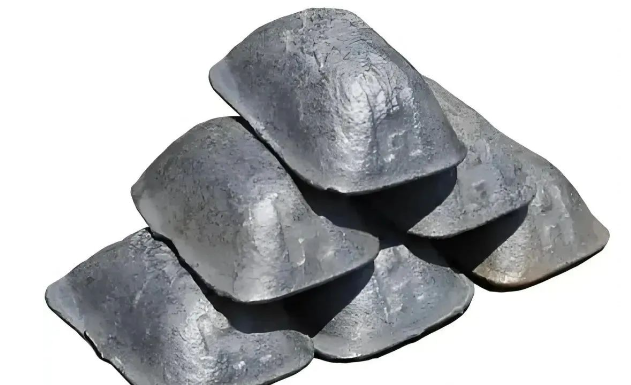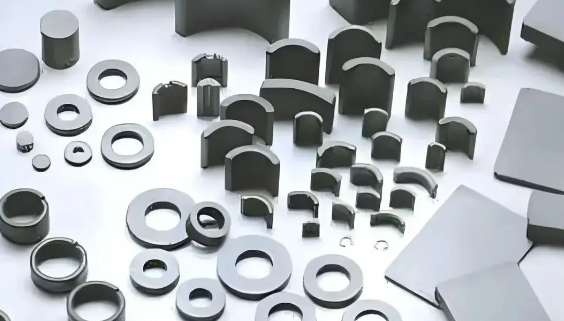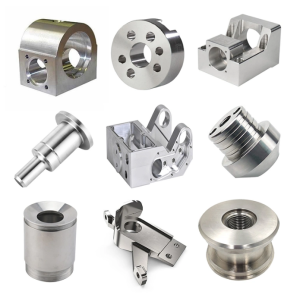Steel is one of the most essential materials in modern industry, widely used in construction, transportation, machinery, aerospace, and various other fields. However, many people still have limited understanding of the different types of steel and their unique properties. This article will provide an in-depth analysis of cast iron, wrought iron, and steel, highlighting their differences, characteristics, and applications to help engineers and professionals better understand these materials.
Comparison Table: Cast Iron, Wrought Iron, and Steel
| Property/Material | Cast Iron | Wrought Iron | Steel |
|---|---|---|---|
| Carbon Content | Greater than 2% | Below 0.02% | 0.02% – 2.11% (can include other alloying elements) |
| Hardness | High, wear-resistant, but brittle | Low, soft, easy to forge | High strength, good hardness |
| Ductility | Poor, cannot be forged or stretched | Good, highly malleable and formable | Good, ideal for structural and mechanical uses |
| Common Uses | Steel production, casting mechanical parts | Casting and forging, raw material in steelmaking | Construction, machinery, automotive, aerospace |
| Common Forms | Steelmaking cast iron (white cast iron), gray cast iron, ductile cast iron | Pure iron (forged iron) | Various alloy steels, including stainless and tool steels |
| Smelting Process | Smelted in a blast furnace | Refined from cast iron | Manufactured via various alloying methods |
| Mechanical Properties | Hard, brittle, poor impact resistance | Malleable, low strength | High strength, good toughness and corrosion resistance |
| Common Alloying Elements | Silicon, manganese, sulfur, phosphorus | Minimal alloying elements | Manganese, nickel, chromium, vanadium |
Diversity and Classification of Steel
Steel is not a single material but a family of materials made up of different types and compositions. Steel alloys come in various grades and types, including cast iron, wrought iron, and steel. Each type of steel has unique properties and applications, which depend on its carbon content, alloying elements, and manufacturing processes.
Cast Iron Characteristics and Types
Cast iron is an iron-carbon alloy with a carbon content greater than 2%. It is characterized by high hardness and wear resistance but low ductility. Due to its high carbon content, cast iron cannot be forged or stretched. The primary use of cast iron is as a raw material for steelmaking, as well as in casting mechanical components.
In addition to iron and carbon, cast iron contains other elements such as silicon, manganese, sulfur, and phosphorus, which significantly affect its properties. For example, silicon promotes the formation of graphite, improving fluidity and reducing gas porosity, while excessive silicon can make the material brittle. Phosphorus and sulfur increase brittleness and reduce the overall quality of cast iron.

Elements in Cast Iron and Their Impact
The properties of cast iron are heavily influenced by the presence of various elements beyond just iron and carbon. Here are some key elements and their effects:
- Silicon: Promotes the formation of graphite in cast iron, enhancing its fluidity and reducing gas porosity, but excessive silicon makes the iron harder and more brittle.
- Phosphorus: Increases brittleness and negatively affects the cooling process of cast iron, reducing its toughness.
- Sulfur: A highly undesirable impurity, sulfur contributes to hot brittleness, reducing the material’s machinability and overall quality.
Different Types of Cast Iron
Cast iron can be classified into several types based on the form of carbon it contains:
- Steelmaking Cast Iron: The carbon exists primarily as iron carbide (Fe₃C), making it hard and brittle, typically used as a raw material for steel production.
- Gray Cast Iron: The carbon is present in the form of graphite, giving it good castability but poor impact resistance.
- Ductile Cast Iron: Also known as nodular cast iron, the carbon exists in a spherical graphite form. It has mechanical properties similar to steel and is used in producing high-strength components such as crankshafts, gears, and engine parts.
Cast Iron Smelting Process and Applications
The smelting of cast iron involves the use of a blast furnace, where iron ore, coke, and limestone are heated to extract molten iron. After smelting, cast iron is used in steel production, casting mechanical parts, and making iron alloys. The primary application of cast iron is as a raw material for steelmaking, but it also finds extensive use in the manufacturing of mechanical components and tools.
Wrought Iron Characteristics and Applications
Wrought iron, also known as pure iron or forged iron, is made by refining cast iron to reduce its carbon content to below 0.02%. It is characterized by high ductility and formability but relatively low strength and hardness. Wrought iron can be easily forged, drawn into wires, and welded. However, its low strength limits its broader applications.
Wrought iron is commonly used in casting and forging, where high malleability and ease of fabrication are required. It also serves as an important raw material in steelmaking processes.
Steel Characteristics and Widespread Applications
Steel, as an alloy of iron and other elements such as carbon, manganese, nickel, and chromium, has several notable characteristics that make it invaluable in modern industry:
- High Strength: Steel can withstand significant external pressure and weight, making it ideal for use in structural materials like buildings, bridges, and machinery.
- Hardness: Steel’s resistance to external impacts and wear makes it suitable for manufacturing tools such as knives, drills, and hammers.
- Good Ductility: Steel maintains its integrity under stress, allowing it to bend or stretch without breaking, making it ideal for construction and mechanical structures.
- Corrosion Resistance: Certain steel alloys, such as stainless steel, exhibit excellent resistance to corrosion, making them suitable for use in kitchens, medical instruments, and shipbuilding.
These properties make steel an essential material for use in a wide range of industries, from construction and machinery to aerospace and transportation.
Difference Between Steel and Iron and Alloy Composition
The primary difference between iron and steel lies in their chemical composition. Iron is a pure metallic element, while steel is an iron-carbon alloy containing between 0.02% and 2.11% carbon. Steel may also contain other alloying elements such as manganese, nickel, and chromium to modify its properties, including improving hardness, ductility, and corrosion resistance.
These differences make steel more versatile than pure iron, enabling it to meet specific mechanical and environmental requirements in various industries.

Role and Types of Iron Alloys in Steelmaking
Iron alloys, which are intermediates made by combining iron with other elements, play an important role in the steelmaking process. These alloys serve as deoxidizers, alloying agents, and even inoculants in some cases to improve the mechanical properties of steel.
Common types of iron alloys include:
- Silicon Iron Alloys: These improve steel’s elasticity and magnetic properties, widely used in structural steel, tool steel, and transformer core materials.
- Chromium Iron Alloys: Known for their high-temperature oxidation resistance and corrosion resistance, these alloys are crucial in the production of stainless steel and high-temperature alloys.
- Manganese Iron Alloys: These alloys offer excellent resistance to oxidation and wear, making them essential in steel production, as well as applications in the power and chemical industries.
Iron alloys play a critical role in refining the properties of steel and ensuring that it meets specific application requirements in diverse industries.


